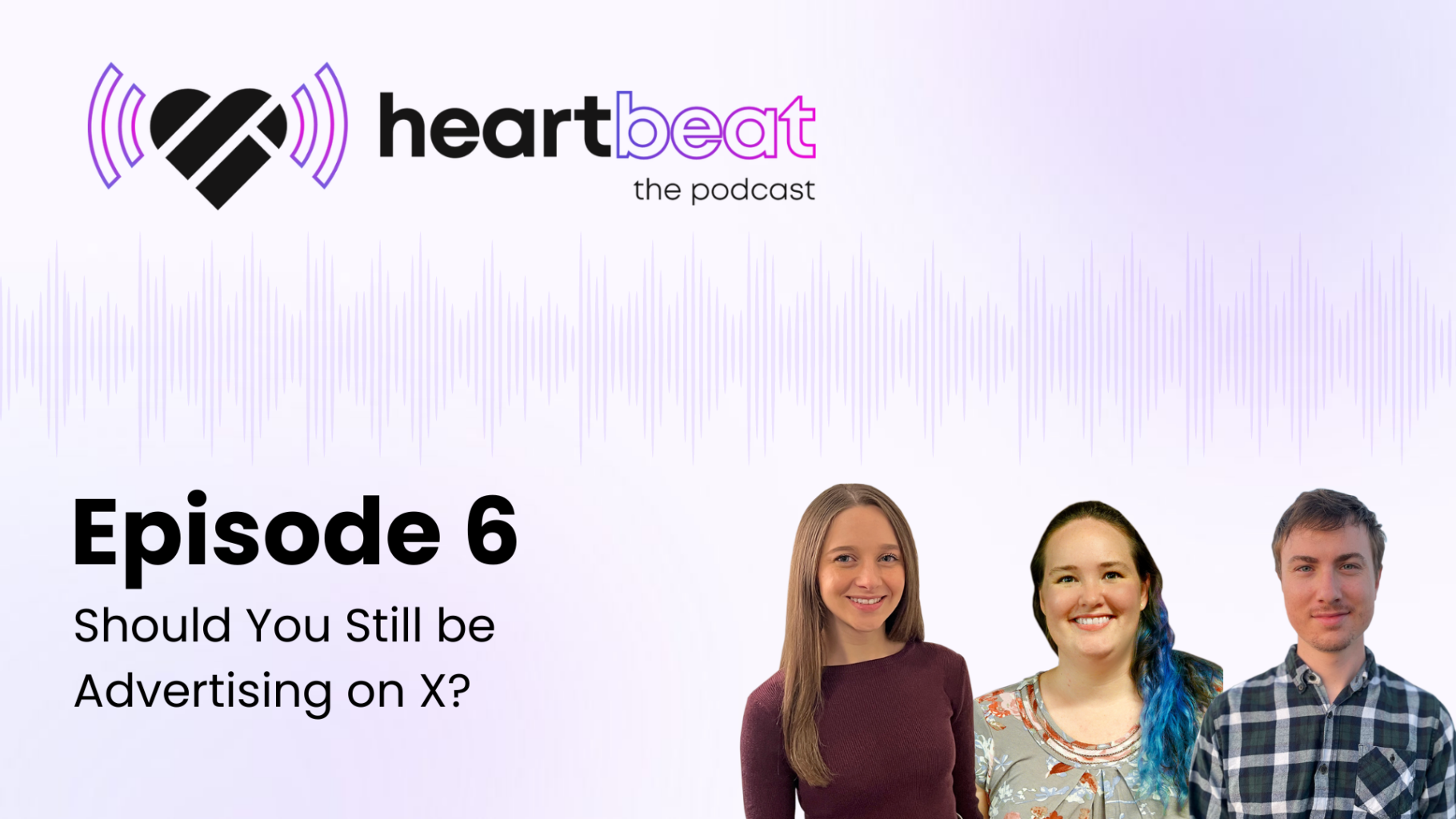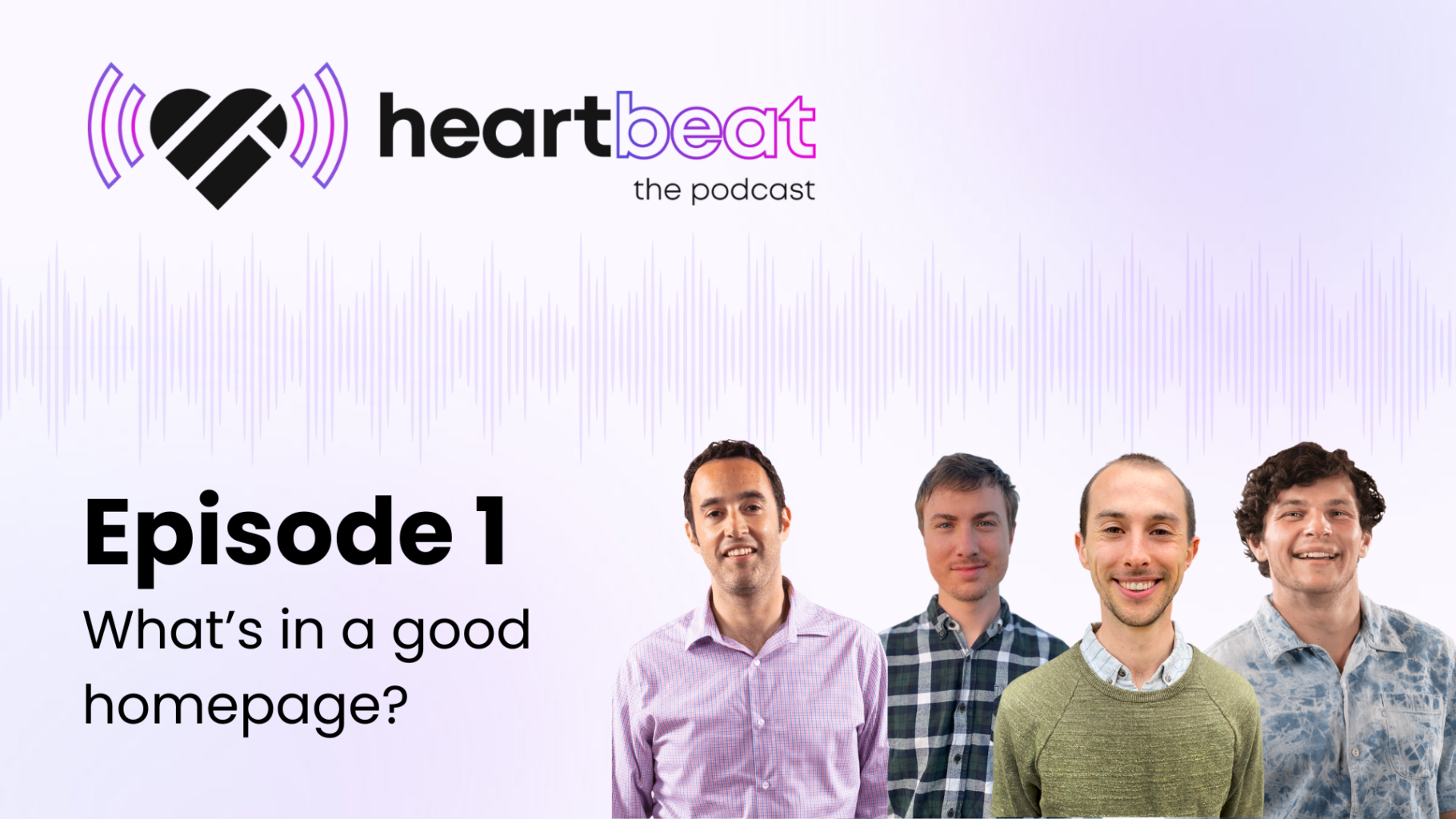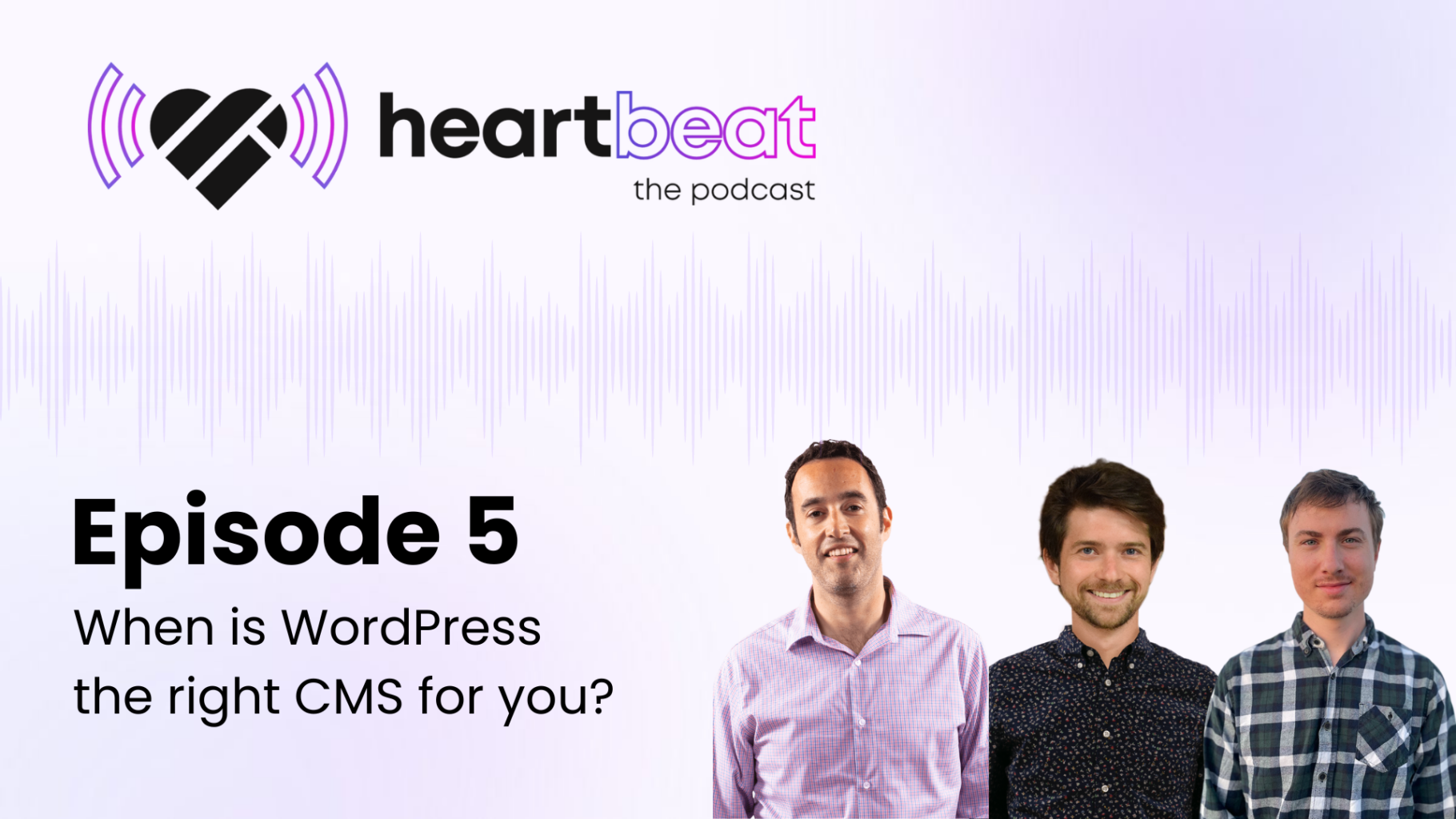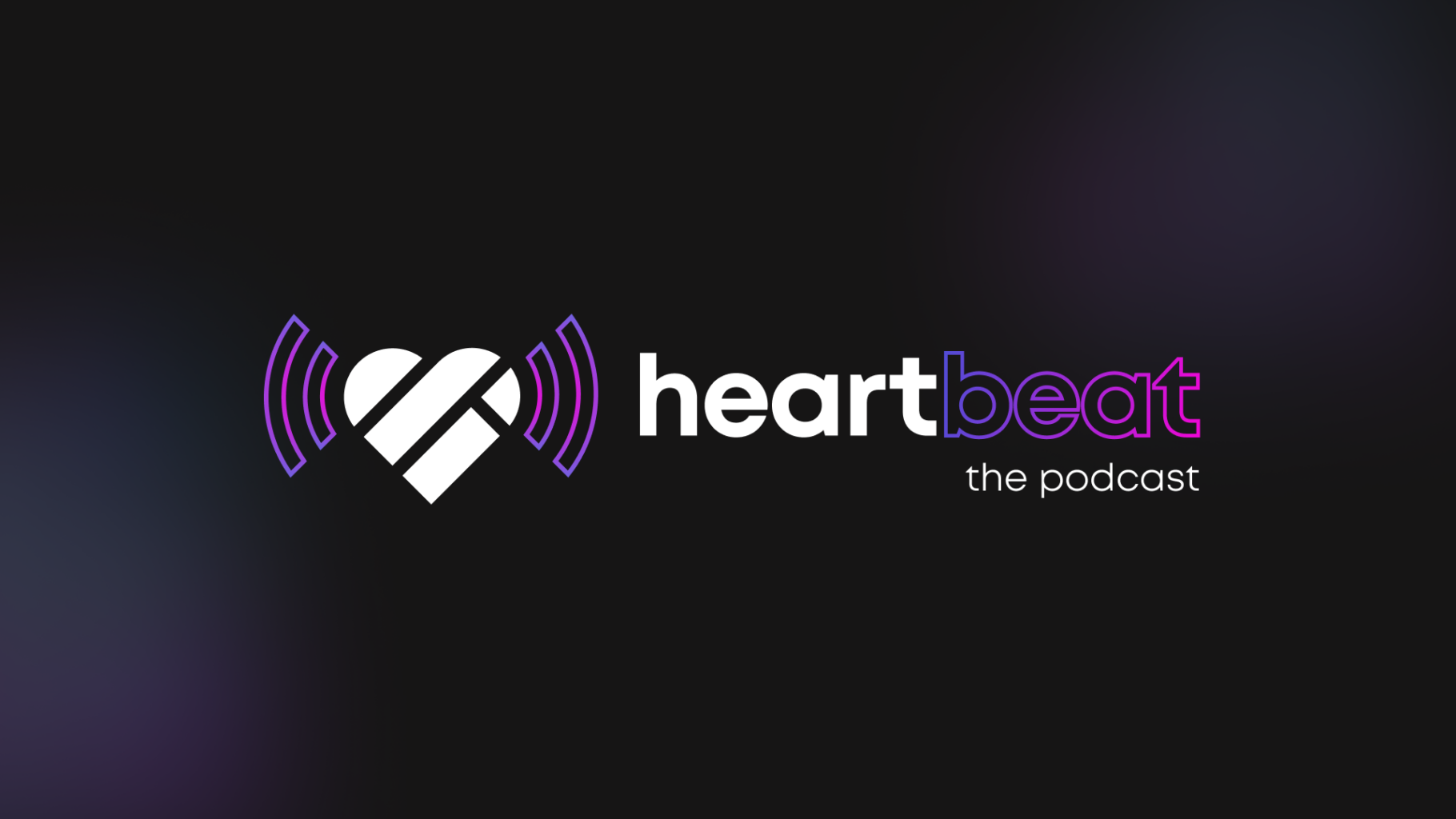When the news first broke that Elon Musk was purchasing Twitter for some unfathomable sum of money, the general consensus among marketers was that one of two possible outcomes would play out.
First scenario: The Austin-based billionaire would prove himself to be all hat and no cattle. He would wax demagogic about revolutionizing social media and then immediately going back to working on rocket ships, leaving the internet’s foremost microblogging platform more or less unaltered.
Second scenario: Everything would change, Twitter would be rendered unrecognizable, and Elon Musk would fulfill his supporters’ wildest dreams by becoming the harbinger of change and champion of first-amendment liberties they all hoped he would be.
The true outcome, it seems, has settled somewhere in between these extremes—leaning a bit more towards the latter. That is a significant transformation. But not so far that the platform’s original essence has been irretrievably lost. That’s what makes it tricky.
Yes, major policy and algorithmic changes have been made, seismic corporate upheavals have upheaved, and the underlying personality of what was Twitter has… shifted.
But in terms of how the platform really works, “X” is functionally still Twitter. Meaning, its core functionality as a forum for users to post short messages, engage in conversations with each other, and follow various topics and profiles has been retained.
So, the big question for marketers and advertisers – and one that we answer in this episode of the Heartbeat Podcast – is whether or not the cultural changes on X warrant pulling back from or abandoning the app as a place to promote their brand. Have the vibes been crushed beyond repair? If this is a topic that your marketing team is currently mulling over, we encourage you to continue listening (or reading) to discover what our in-house experts have to say on the matter.
Conor Snell: Hey, everyone. Thanks for listening to The Heartbeat Podcast with Digital Impulse. I’m Conor Snell, Director of Content Strategy.
Sarah Dellea: I’m Sarah Dellea, Senior Paid Media Manager.
Nicole Ciprich: And I’m Nicole Ciprich, Digital Marketing Manager.
Conor: Thanks, guys. Today, we’re discussing a major topic for advertisers in marketing—advertising on the platform formerly known as Twitter, now called X. There’s obviously a lot of discussion and debate in the media about this. For marketers, there are more tangible questions like, “Should I stay on this platform? How should I adjust my spending? How should I change my strategy?” What do you do when a marketing channel is affected by current events? I’d like to hear your big picture take on this. How do these substantial changes impact your marketing strategy?
Sarah: Yeah, I can start by saying that performance is always my main guideline. If you have active campaigns on this platform, how are they performing? One of the first things I noticed after Twitter was bought and changes began to roll out was a shift in performance as the platform’s culture changed, along with the number of people and advertisers spending time and money there. This gives us a good indicator of how things are doing and whether it’s still worthwhile. It’s also a bit of a canary in the coal mine—are the broader changes having a direct impact on advertising on this platform? On Twitter specifically, the biggest question has been about brand safety, which is often why people pull away from the platform regardless of performance. That’s a very real concern. You have to decide what risks you’re willing to take with your brand and what the rewards are. In my experience, and with the accounts I was managing, Twitter was not the top source of success. This plays a significant role in deciding whether it’s worth continuing on this platform. If Twitter is where most of your community engagement and maybe even sales are happening, then your decisions might differ. However, in my experience, Twitter has been mostly useful for maintaining awareness and hasn’t been very effective for achieving other marketing goals. Personally, I’ve moved away from recommending Twitter as a platform for the clients I work with, mainly due to concerns about brand safety. Ads might run alongside content that isn’t being moderated anymore or on a platform that’s increasingly associated with controversial public figures. Again, much of this is based on the fact that the campaigns I’ve run in the past on Twitter were not very successful to begin with.
Conor: Yeah, that makes a lot of sense. Nicole, I wanted to give you a chance to jump in here. What’s your perspective on your clients or your process concerning the whole Twitter brand change?
Nicole: Well, as you guys know—but maybe our listeners don’t—I don’t work with paid search or paid ads, so I’m not advising any clients directly on this issue. Personally, I find it pretty concerning how much time and money are invested in platforms that can be dramatically altered by a new owner. Twitter experienced a significant cultural shift within just a month, and suddenly, marketing strategies had to pivot. I think as new social media channels emerge, it’s crucial for brands to develop contingency plans. The question is, “If we can’t use this platform, either in the short term or long term, where will we redirect our marketing funds?” Often, if you don’t use your budget, you lose it. This is definitely a topic we need to discuss with our clients when devising advertising strategies.
Conor: That’s a great point, Nicole, and it leads us into two avenues I wanted to explore in this conversation. Sarah, I’d like you to discuss how communities on a platform can maintain cohesion when suddenly the rules change. Nicole, based on your earlier comments, how should brands reallocate their budgets to achieve similar outcomes whether they stay on Twitter or not? Sarah, let’s start with you. For example, consider a medical device company with a significant presence on Twitter’s healthcare community. If the platform becomes unmoderated and negatively affects the user experience, when and how should they move their community? Is it worth trying to establish a new stronghold in that part of X, or Twitter, or whatever it’s called now?
Sarah: That’s a very pertinent question, one that’s been around as long as the internet has existed. I’ve watched various platforms rise and fall in popularity. From a non-marketing perspective, there’s always that critical moment when it seems a platform is losing traction. The challenge is, “How do we preserve our community? Can we migrate somewhere else together, or do we need to find new ways to connect?” For brands, being the central point of a community provides an advantage. You can directly reach out to your followers and guide them to other platforms where you’re active. For instance, if you also have a Facebook page, you might invite your followers to join you there if they’re moving away from Twitter. Alternatively, setting up a community on Discord, which has been growing in popularity, offers more control with moderator privileges, an option not always available on public platforms.
But I think the best place to start is just to make sure that you have a presence on more than one platform.
It’s the classic cliché: don’t put all your eggs in one basket. If you have an active presence on Twitter, it’s wise to also be active on Facebook, LinkedIn, and perhaps Snapchat or TikTok. Explore various platforms where you can maintain activity, engage your audience, and continue to strengthen those relationships. If one platform begins to falter or encounters problems, inform your audience about alternative places where they can interact with you. Whether it’s other public sites or even a private or public Discord server, or a newsletter, keeping these options open and ensuring everyone is aware of them is crucial. This strategy ensures that if there are significant changes on one platform, you have other avenues to sustain the strong community and interactions you’ve developed.
Conor: I find the Discord recommendation intriguing because it captures the essence of what businesses often seek from Twitter—creating a space for discussions and almost instantaneous customer support. Moving this dynamic to Discord, where you have more control as a moderator, could fulfill many needs for organic social presence. This allows you to potentially reallocate your awareness spend from Twitter to more effective channels.
Given that Twitter has never been a major driver of traffic for us, mostly serving as an awareness tool, transitioning some of that organic community to a platform like Discord, which remains ad-free, might redirect ad spending to more effective avenues. Nicole, what do you think about this approach of segmenting your organic presence and focusing your ad spend in more effective areas?
Nicole: That makes a lot of sense and echoes Sarah’s point about not putting all your eggs in one basket. Segmenting your strategy is generally more effective than casting a wide net. Moving forward, brands really need to consider the risks of heavily investing in a single platform. It’s crucial to think about building a robust infrastructure and diverse strategies because, as we’ve seen, platforms can change dramatically or even disappear.
Conor: Absolutely. And just as you shouldn’t put all your eggs in one basket initially, you also shouldn’t shift them all to another single basket if a platform like Twitter fails. We often discuss diversifying our paid strategies so that if a platform fails, we aren’t scrambling to reallocate funds. How should we think about moving away from platform-focused strategies, like allocating specific amounts to Twitter, to a broader approach across multiple channels?
Nicole: I like the idea of using different channels for specific goals. For instance, if Twitter is primarily for brand awareness, we could focus on driving followers to engage on other platforms as well. This approach helps build a base but doesn’t necessarily drive leads or conversions directly. It’s about tailoring our strategy to the strengths of each platform rather than expecting every platform to generate revenue.
Sarah: Building on that, it’s important to recognize the different goals and focuses for each platform. Often, there’s a strong emphasis on direct sales and ROI, which is understandable because it’s easy to measure. However, this focus can lead to a narrow view, neglecting other stages of brand building and customer engagement.
By diversifying our presence across platforms and tailoring our strategies to each platform’s strengths, we can better manage our resources and expectations. For example, awareness campaigns might run on three different platforms, while lead generation could be focused on others, optimizing each according to the platform’s unique audience and strengths. This approach not only focuses our efforts where they are most likely to succeed but also protects us if one platform becomes less viable, as we’ve seen with Twitter.
Conor: Got it. An integral part of a good marketing strategy is having your bases covered. It’s a practical, brass-tacks approach for those in paid or social media roles, who may have been directed years ago to focus heavily on platforms like Twitter with substantial budgets to drive traffic and leads. Given the current environment on Twitter, it’s reasonable to consider reallocating those resources. I’d like to ask each of you—since Nicole, you focus more on strategy, and Sarah, on paid media—where would you redirect these funds? Sarah, why don’t you start?
Sarah: My approach would be to allocate the budget to whichever channel is currently performing best. If you’re active on Twitter, Facebook, and LinkedIn, and Twitter is no longer viable, I’d suggest redirecting funds to either Facebook or LinkedIn—whichever is yielding the best results. This strategy allows you to quickly adjust and continuously refine your budget allocation based on ongoing performance.
Conor: So, keep the investment in social media but shift it to where there’s more traction?
Sarah: Exactly. And if there’s an opportunity to explore areas we’ve been hesitant to invest in, like programmatic advertising or paid search, this could be the right time to reallocate and potentially benefit from those channels.
Conor: That’s a proactive approach—using the shift from Twitter as an opportunity to explore new avenues we haven’t budgeted for previously.
Nicole: Sarah’s right. When making swift changes in platform strategy, it’s wise to shift funds to where you’re seeing success. Long-term, it’s crucial to have a solid plan in place. If there’s surplus budget, consider increasing your investment in successful initiatives, like doubling down on influencer marketing or experimenting with a new channel. However, pivoting without a plan can delay response times, which is critical in fast-moving environments.
Conor: Absolutely, Nicole. Considering Twitter’s decline, this situation presents an opportunity to rethink and potentially improve how we utilize our budgets. Thanks for the insightful discussion. For anyone grappling with how to adapt to the changes with Twitter, now X, this conversation should prove valuable.
Thanks for tuning into the Heartbeat Podcast by Digital Impulse. Don’t forget to subscribe and join us for more discussions like this. Take care, everyone.
Want more insights from our experts? Subscribe to The Heartbeat Podcast by Digital Impulse wherever you get your podcasts, or click here to browse all episodes! 💜






